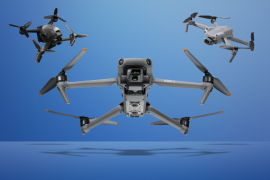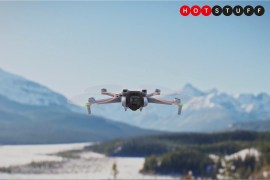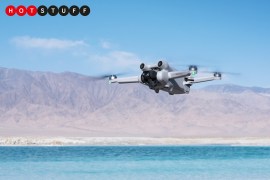I think DJI’s latest drone looks Flipping perfect for entry-level users
The foldable DJI Flip’s flexibility is fantastic

DJI dominates the camera drone market, and the company’s vice-like grip shows no signs of slackening. Mere months after releasing the ultra-affordable DJI Neo, it’s unveiled yet another entry-level model – this time one with much more advanced camera skills to appeal to vloggers and other video enthusiasts.
The DJI Flip (available to order now at DJI.com from $439 / £369 / €439) comes equipped with a similar camera to the excellent DJI Mini 4 Pro. Built around a 1/1.3in CMOS Quad-Bayer sensor and mounted on a 3-axis gimbal to keep it smooth and steady in the air, it can capture 4K video at up to 60fps (and 100fps in slow-motion mode) as well as still photos at 12MP or 48MP.
- Read more: The best DJI drones you can buy right now
Like most DJI drones, the camera also features a number of special shooting modes enabling users to shoot panoramic photos, hyperlapse videos or auto-piloted mini-sequences that showcase a particular subject in short, instantly shareable clips. It can also record HDR video, or use the flat D-Log M colour profile to deliver a great base for users who prefer to do their own colour grading and correcting in post-production.
The DJI Flip also sports a front-facing sensor helping it to avoid collisions (but not the omnidirectional obstacle avoidance of the Mini 4 Pro), and a downward-facing sensor allowing it to land directly and safely on the user’s palm – which’ll come in very handy for those flying it in locations without level, flat ground. And, just like the Neo, it can be flown without a controller if you wish – either via a smartphone and Wi-Fi or through hand gestures and its built-in AI-assisted tracking capabilities.
Know when to fold ’em
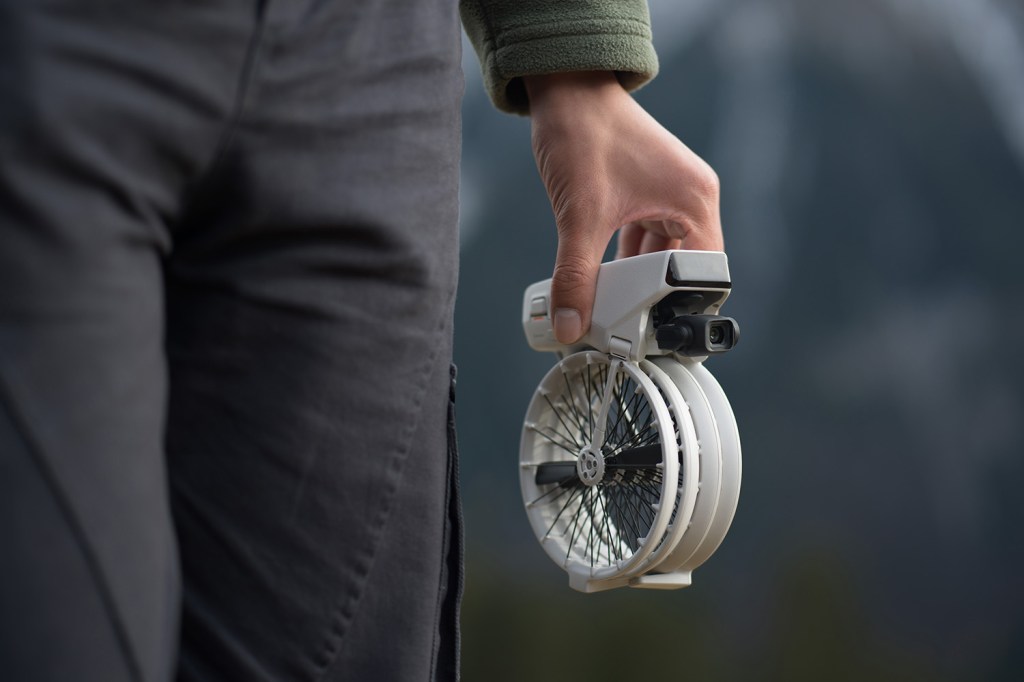
Perhaps the most important thing to note about this drone, though, is its weight and design. At 249g it falls into the same drone category as toys, which means it can be legally flown almost anywhere without too much fuss. In the UK, for instance, all you’ll need is an operator ID (about £11 a year), which can be obtained after passing a fairly simple (and free) online exam. Larger, heavier drones are subject to far too many restrictions to make them casual purchases, but the Flip is about as close to impulse buy territory as good quality drones get.
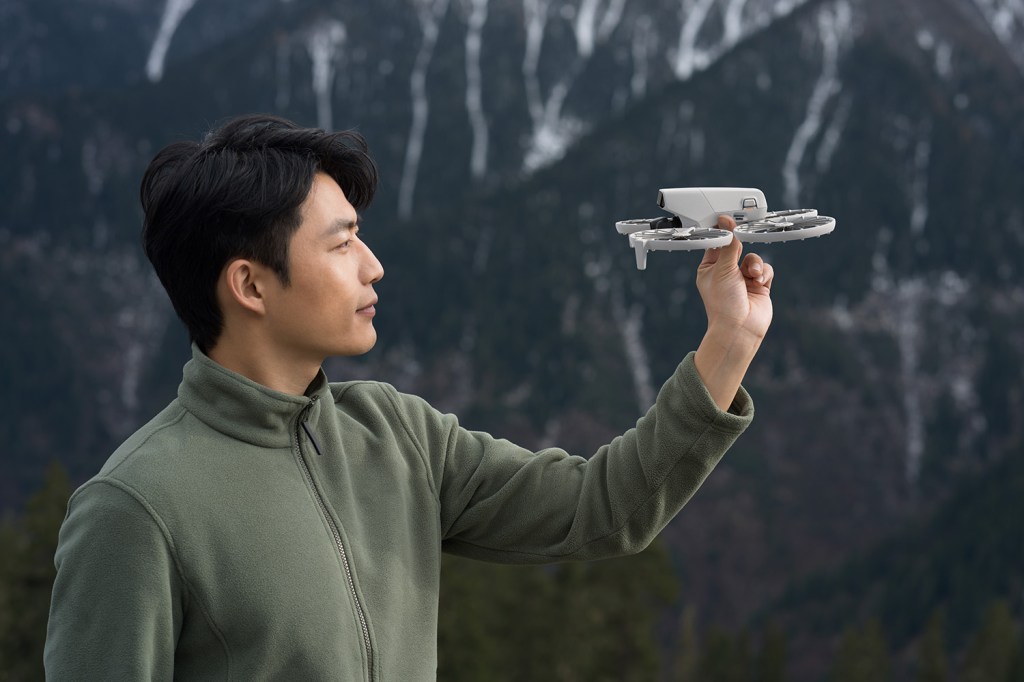
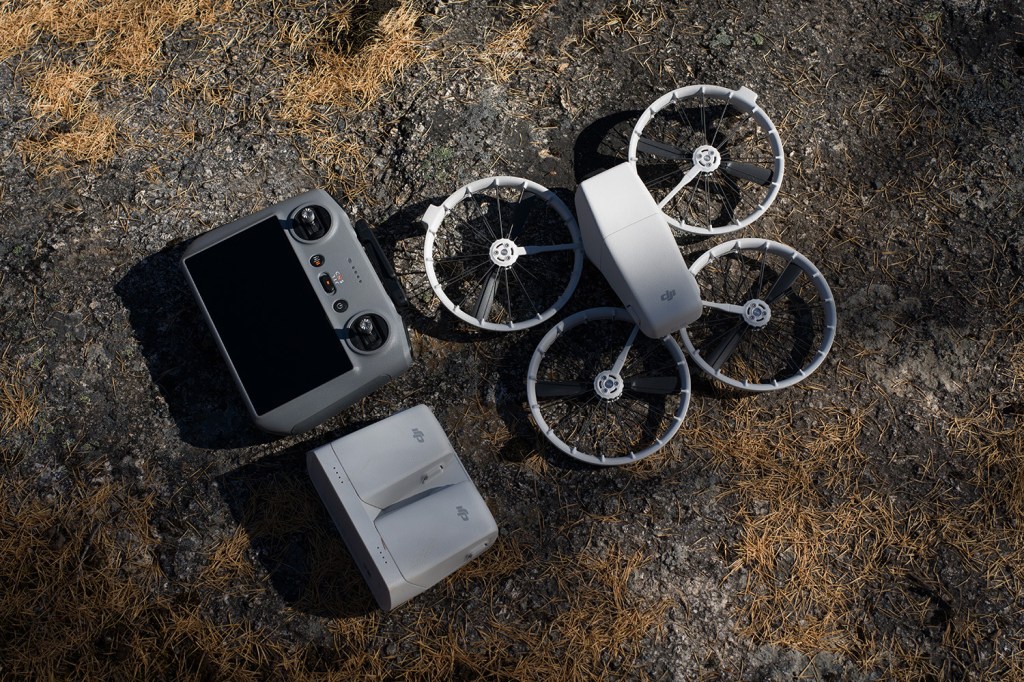
The folding design, meanwhile, is something we’ve not seen before, with all four propeller motors flipping down to stack on top of each other. This means the folded footprint of the DJI Flip is truly tiny for the drone’s overall size, and still has room for integrated prop guards, which make it far less likely to cause or suffer damage if it crashes into something.
All in all, the DJI Flip is shaping up to be the new entry-level drone of choice for people who don’t need all the features of the Mini 4 Pro, but want a deeper, more advanced experience than the stripped-down Neo can provide. Happy flying.
- Read more: DJI Air 3S review

